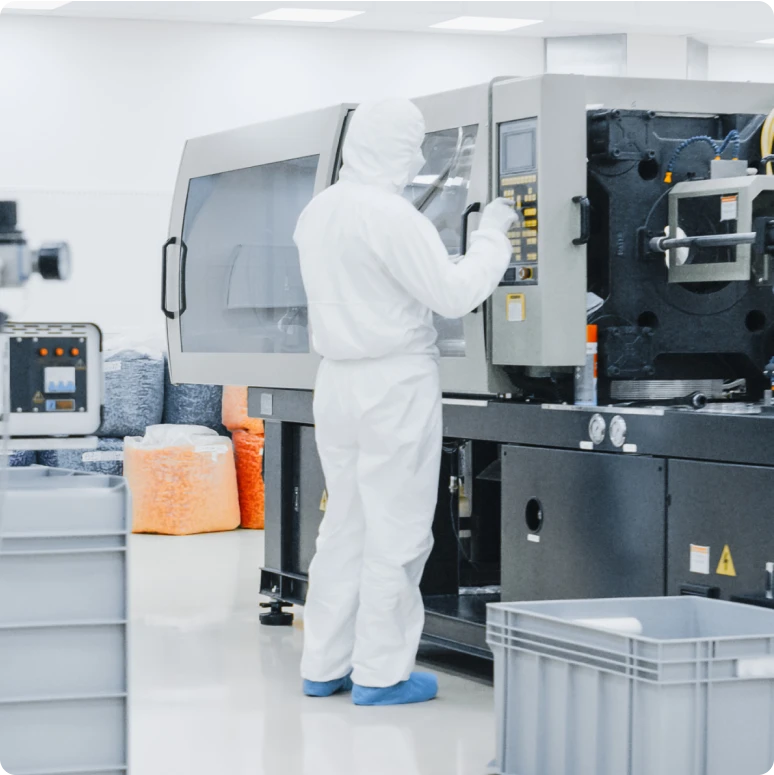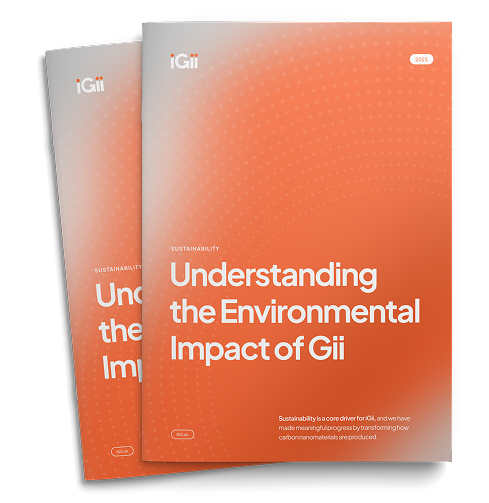
Built for sustainable performance
Low-Energy, Clean Process
Gii is made using a low-energy, electrically powered process designed to minimise environmental impact. There are no mined metals, no toxic chemicals, and no refining involved. The result is a simpler, cleaner, and more sustainable approach to carbon nanomaterial production.
Renewable-Ready
Because the process is fully electric, it can be powered using 100 percent renewable electricity wherever that is available. As global manufacturing transitions to electrification, iGii’s process is already aligned with that direction.
Modular & Scalable
It is also modular and scalable offering greater control, reduced distribution emissions, and substantially less electricity than other processes. This flexibility enables a more decentralised, efficient approach to advanced materials manufacturing – one that avoids the environmental burden of long supply chains.
Resilient
By avoiding mined inputs and chemically intensive steps, the process offers greater resilience as well as lower impact. It scales easily from small R&D batches to high-volume production without altering the core method, making it flexible across use cases.


